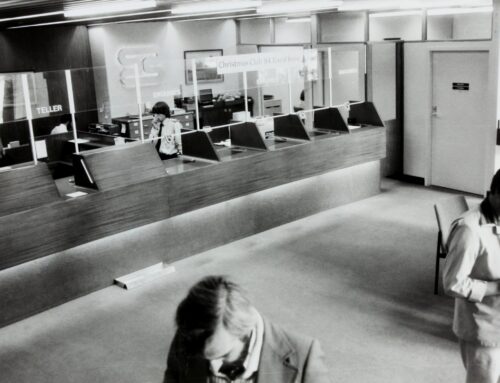Absences related to COVID-19 were increasingly prevalent during the latter half of 2020 and the first few months of 2021. We’ve previously written about the Families First Coronavirus Response Act (FFCRA) paid leave mandates and related payroll tax credits under the purview of the Department of Labor (DOL), whose FAQs and program summary are posted in our detailed reference guides. Recent legislation has extended the credits and made changes to the FFCRA that employers should be aware of.
Through December 31, 2020, employers with 500 or less employees were required to provide emergency paid sick and family leave due to COVID-19 related absences to a certain extent – the carrot for doing so was a refundable payroll tax credit available for the compensation paid while the employee is unable to work.
Starting January 1, 2021, these employers were no longer under a mandate to provide this leave, but were still eligible to claim the credits for continuing to pay absent employees for qualifying reasons through March 31, 2021.
Under the new American Rescue Plan Act (“ARPA”), the credits for voluntarily providing said paid leave are now available to be claimed through September 30, 2021.
Changes Under The ARPA
- Any previous paid leave compensation resets for each individual starting April 1, 2021.
MKS: Credits for employee absences were capped at 80 hours of paid sick leave, and up to 12 weeks of paid family leave. After April 1, 2021, these limits “reset” and employers can now voluntarily provide an additional 80 hours of paid sick leave and/or up to 12 weeks of paid family leave.
- There are new qualifying absences, particularly related to vaccinations.
MKS: We’ve observed many companies preemptively offer paid leave for employees to receive a COVID-19 vaccination, and the ARPA makes this time eligible for the sick leave credits. Any time spent obtaining the immunization or recovering from side effects should be tracked. As the national vaccination effort picks up speed, this provision allows you to be flexible with employees and receive reimbursement for any related absence this spring and summer.
- The maximum amount of paid family leave has increased from $10,000 to $12,000.
MKS: For example, an employee has to care for children at home and qualifies for paid family leave 20 hours a week. This employee could have taken up to 12 weeks of paid leave time, but the FFCRA capped the maximum compensation eligible for the related payroll tax credit at $10,000, regardless of the hours missed. We believe it to be unlikely the compensation cap was met very often, but the extra $2,000 allotted for time missed in the coming months is noteworthy.
- Self-employed individuals are now eligible for up to 60 days of paid family leave vs. 50 days.
MKS: Discussing COVID-19 related absences has been an emphasis during client meetings this year for self-employed individuals, as many were unaware they were eligible for paid sick and family leave credits.
- The DOL will bar employers from obtaining credits for paid leave if the compensation is limited to or more favorable for highly compensated employees, full-time workers, or based on tenure.





